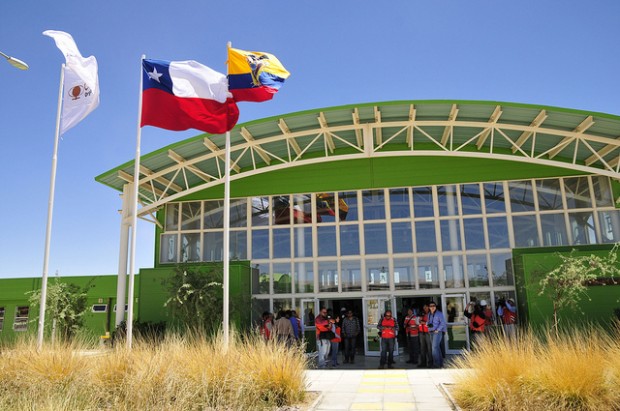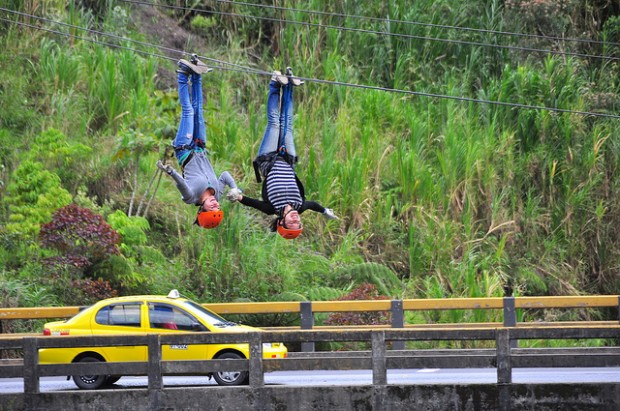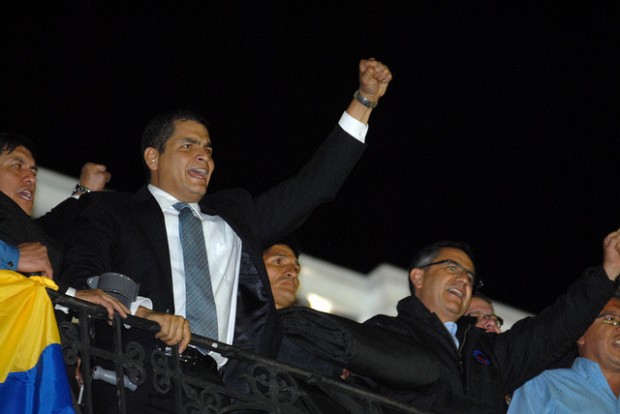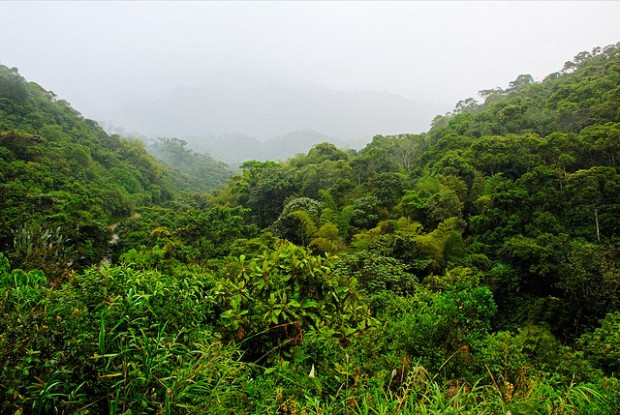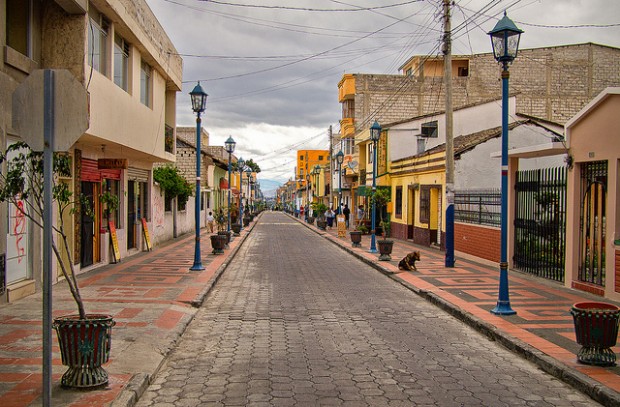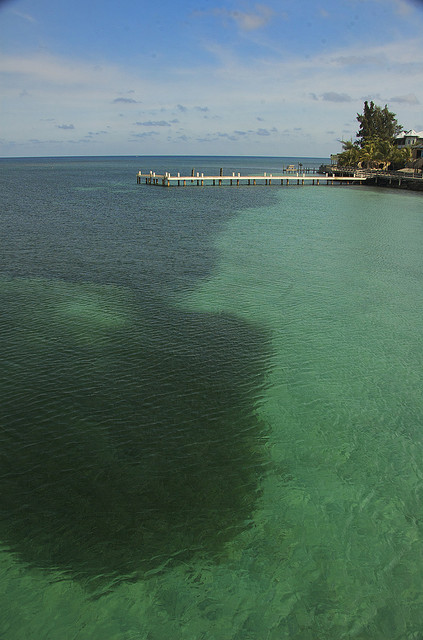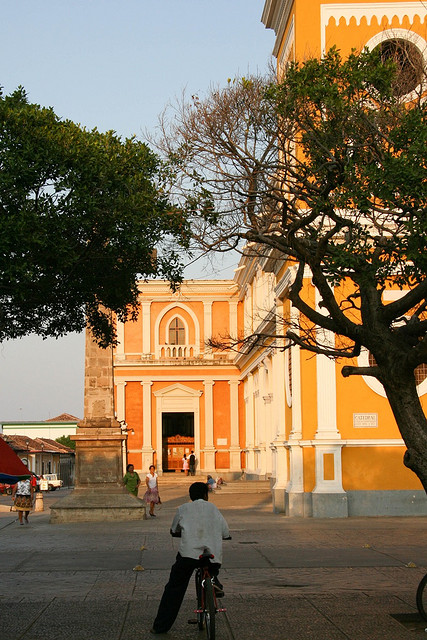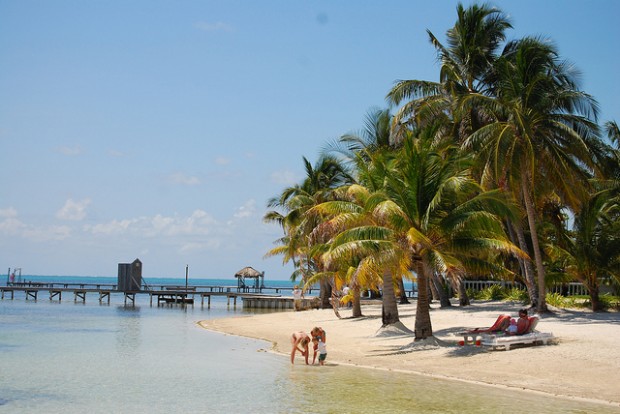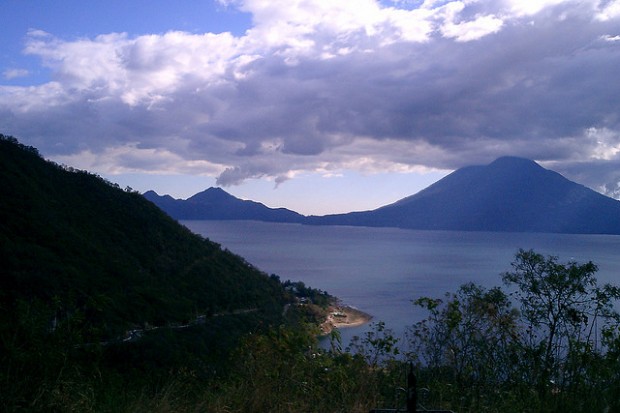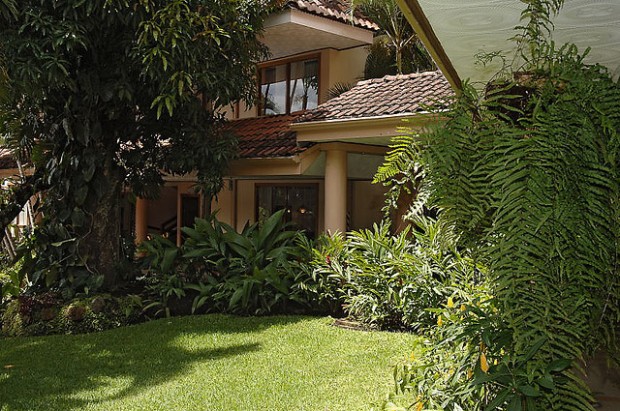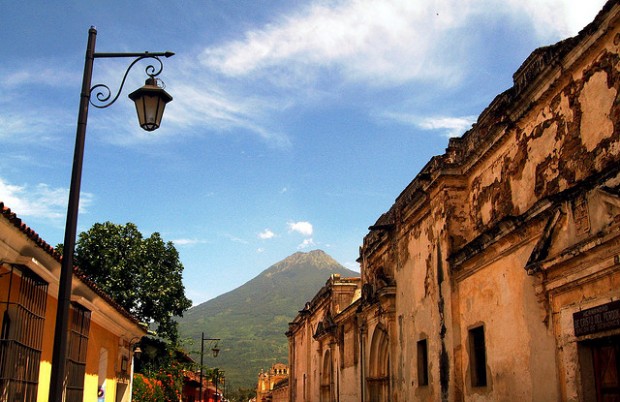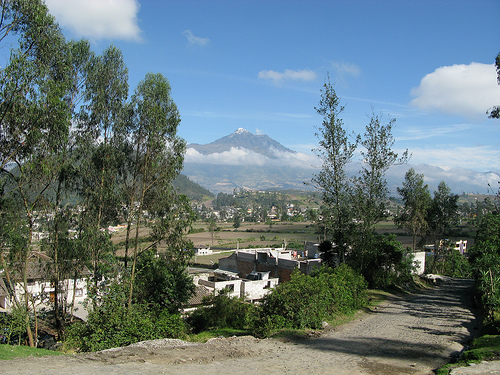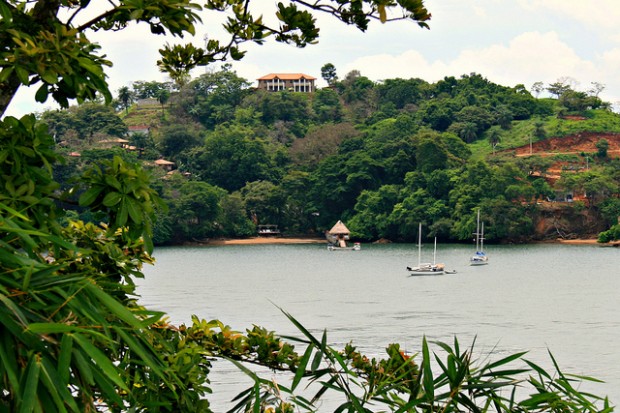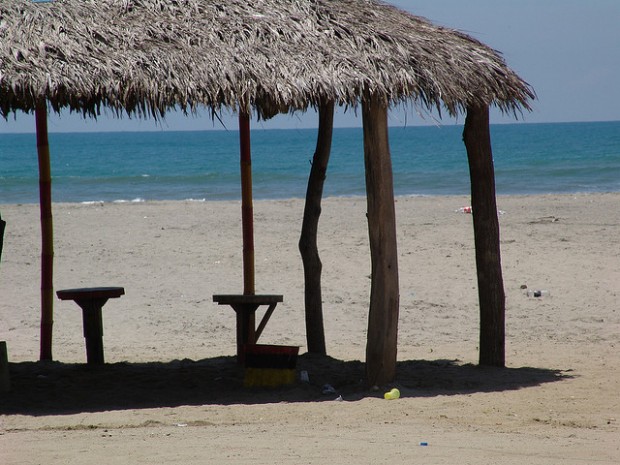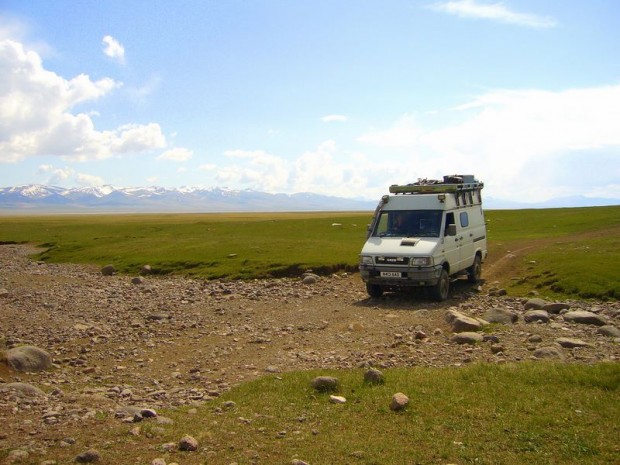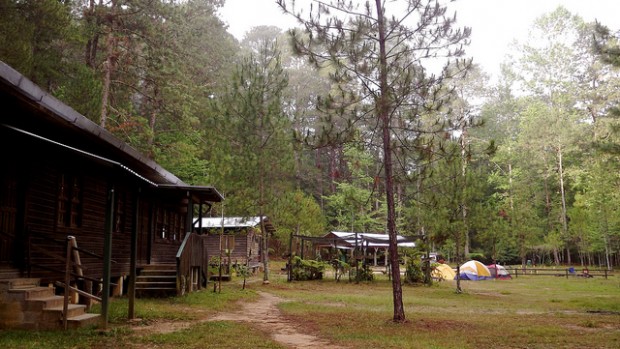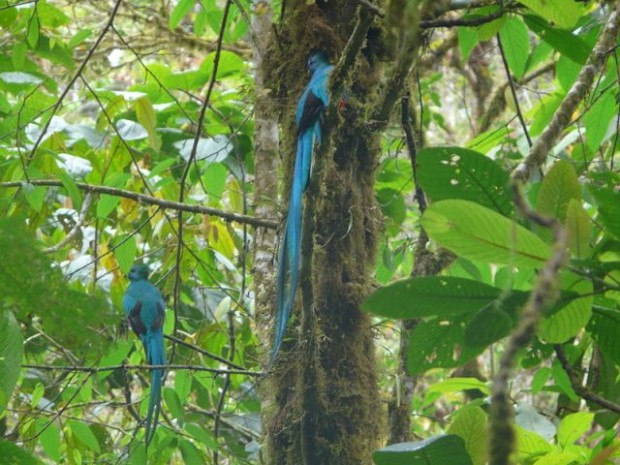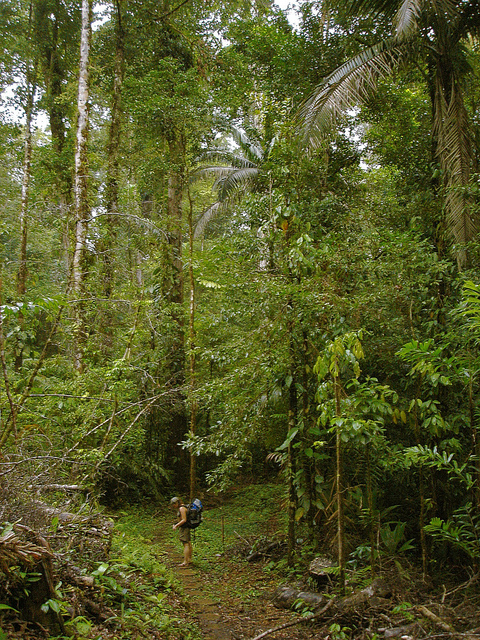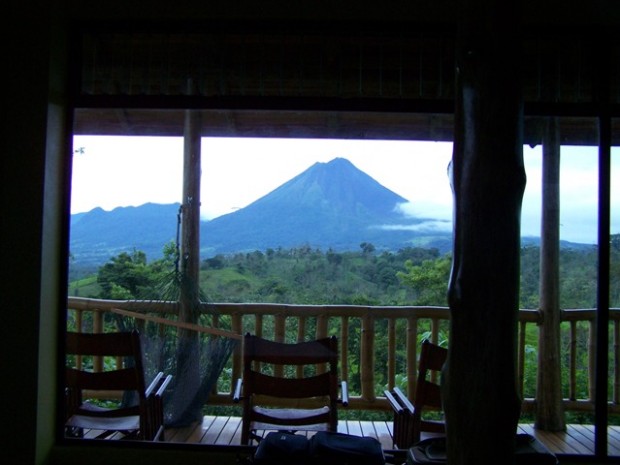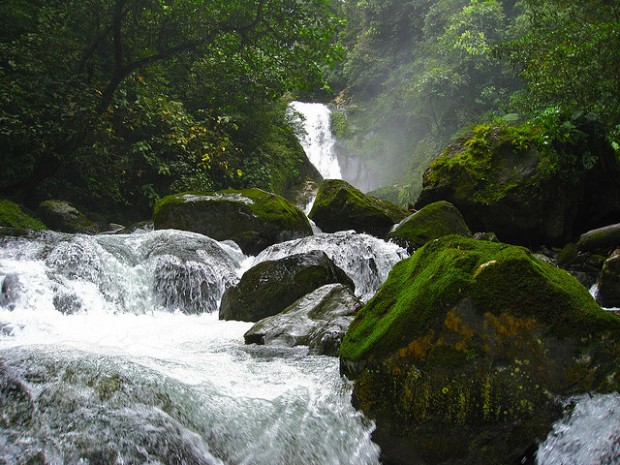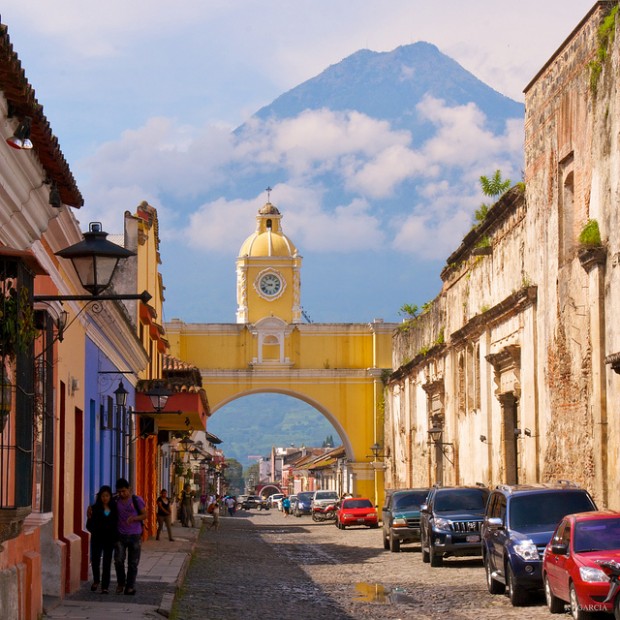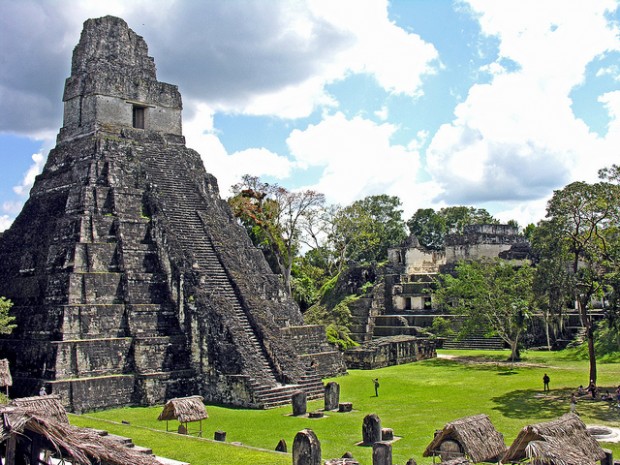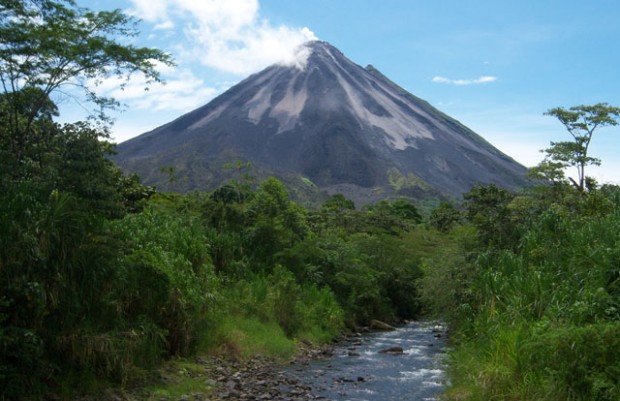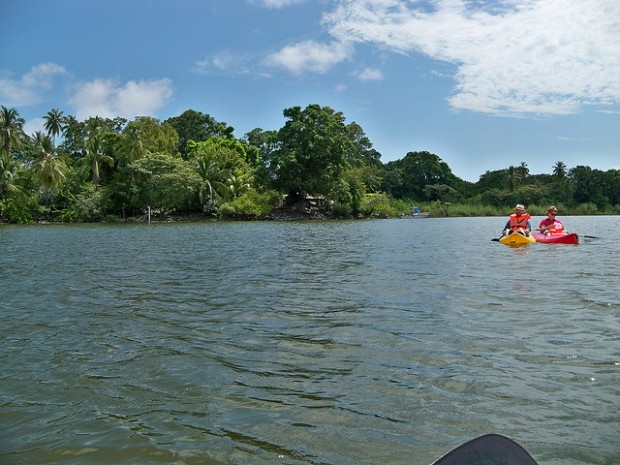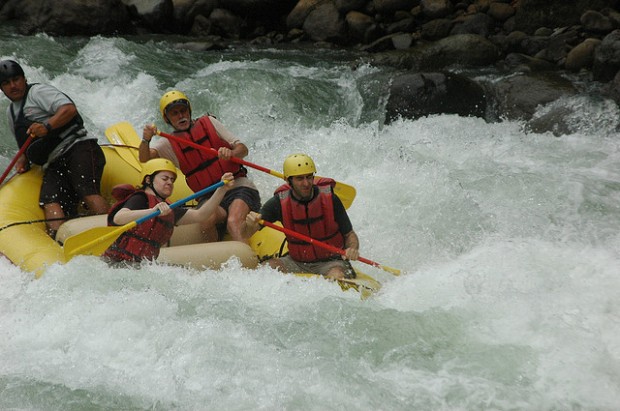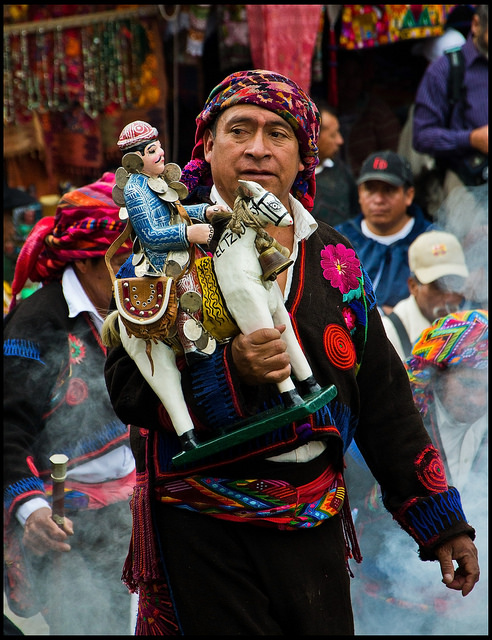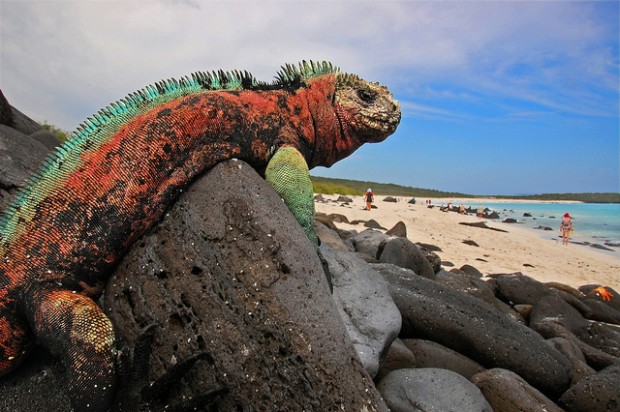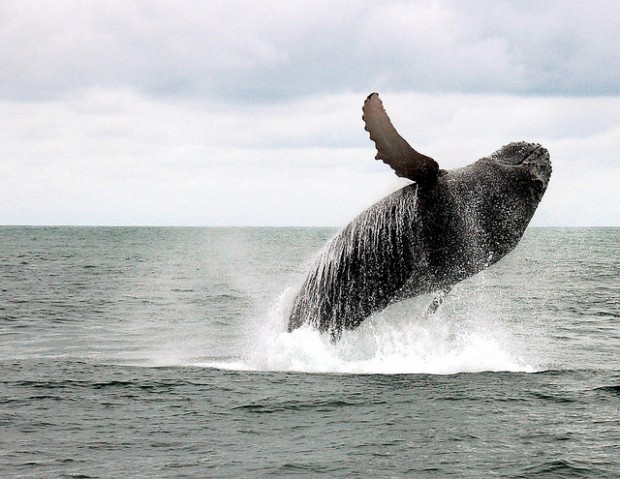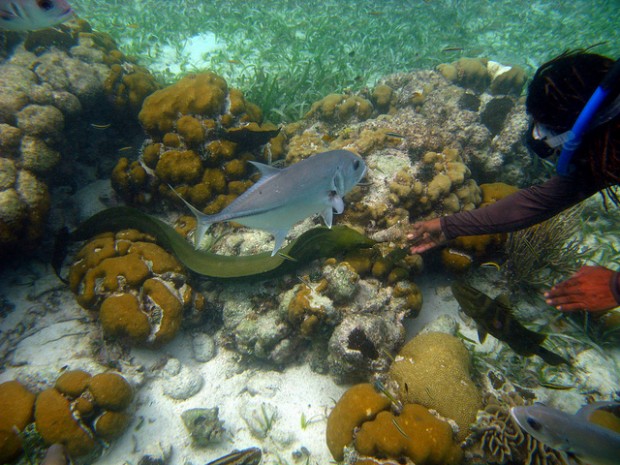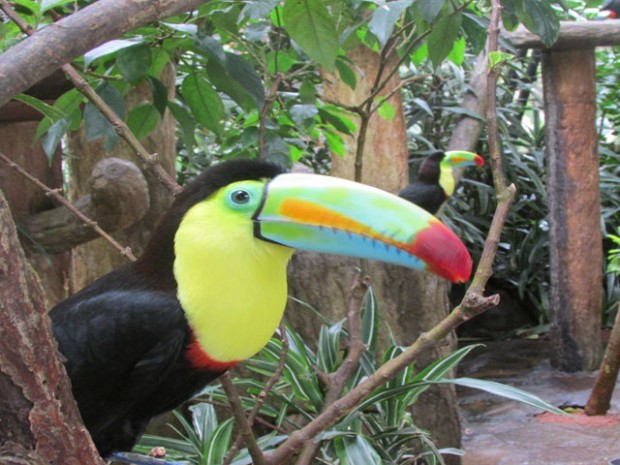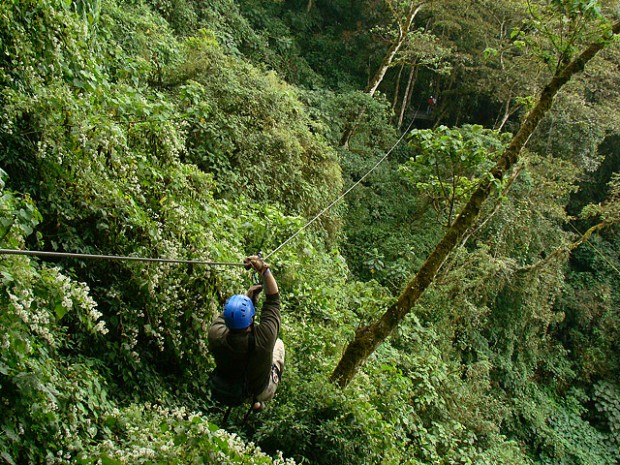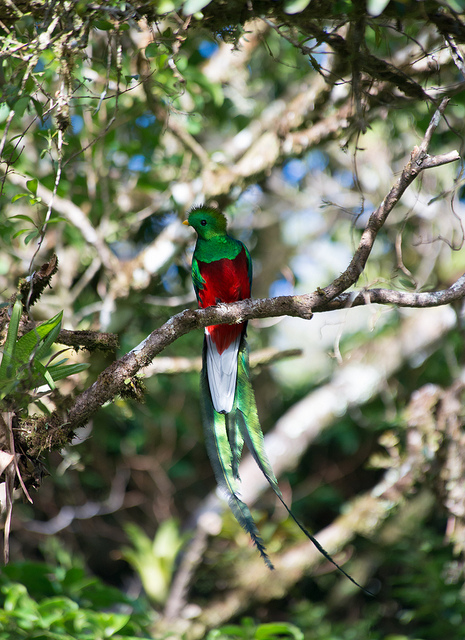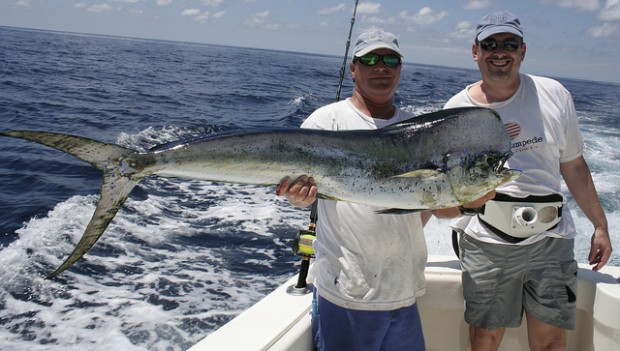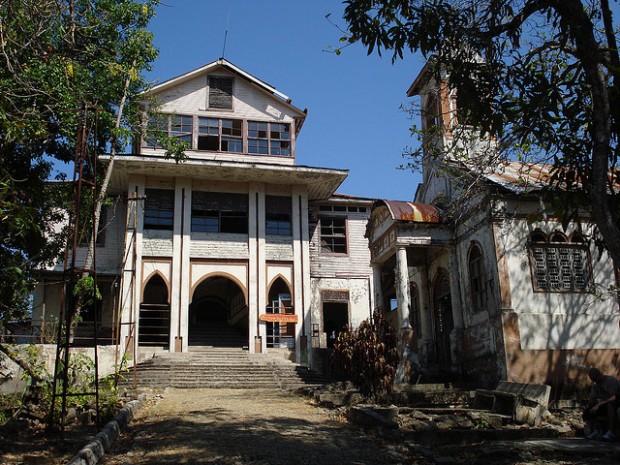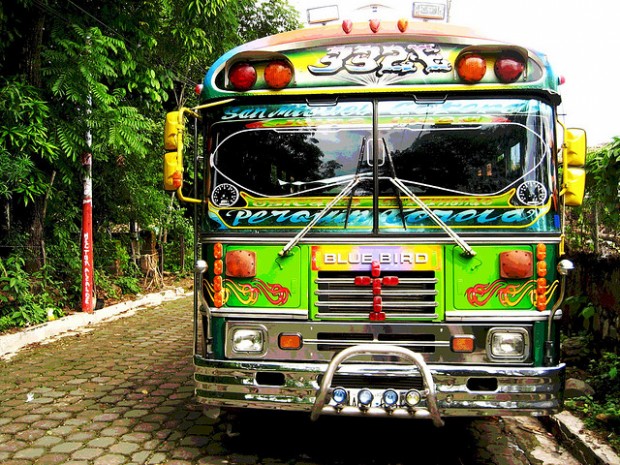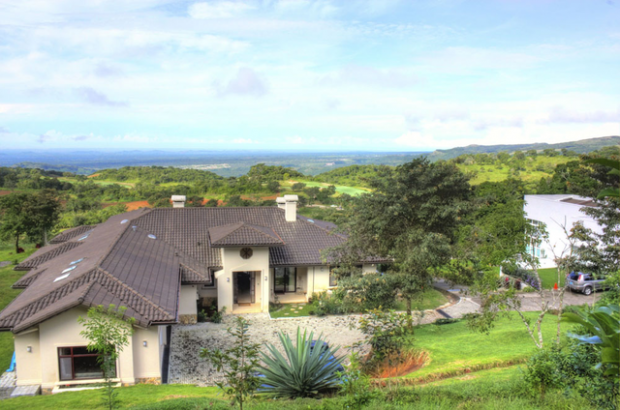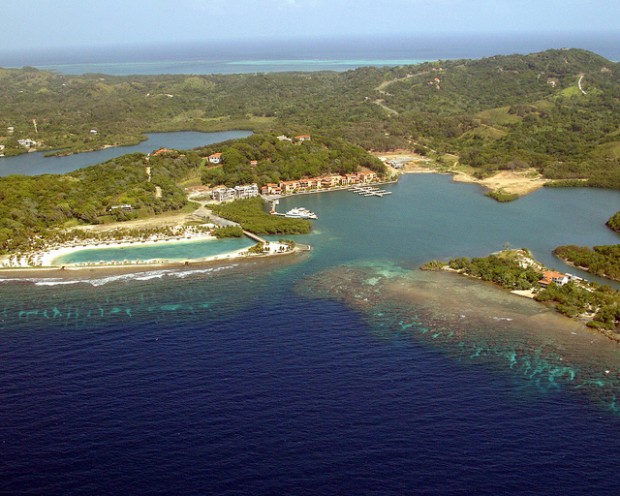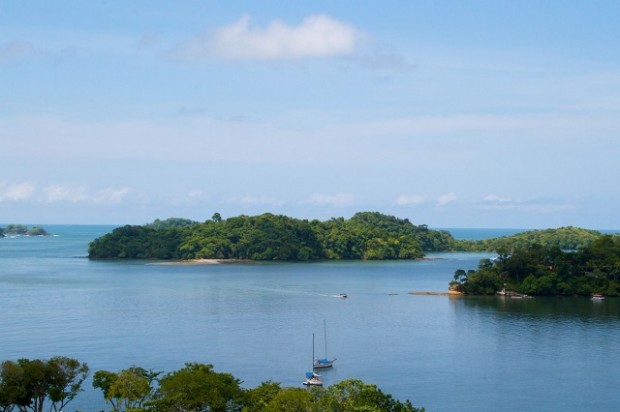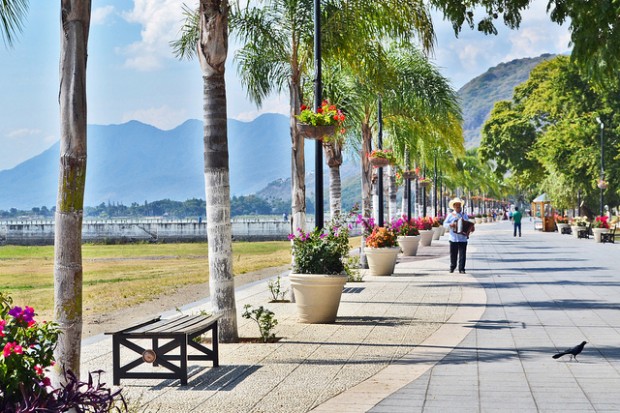If you are one of many North Americans searching for the best place to live in the world, but don’t know where to begin, then these rankings are for you.
In this inaugural retirement power rankings, I have put together a comprehensive grouping based on the most important criteria for living a happy overseas life.
While most of Central America has a warm tropical climate and a relatively low cost-of-living, each country, city, and town is different and will have something unique to offer you.
To help narrow your search, I have ranked 15 of Latin America’s top destinations based on the combined criteria of value, beauty, ease of access, and healthcare, and quality of life. The number one selection meets the most of the chosen criteria.
So move through the ranked cities and towns, determine which attributes are most important to you, and begin compiling your own list of possible destinations as you search for the best place to live in the world and the perfect spot to call home.
1) Cuenca, Ecuador
![Cotacachi Ecuador]()
Photo: Bill Grenn
You can’t beat this place right now, fantastic value in an easy to live city.
Nestled in the Andes and surrounded by four sprawling rivers, the friendly city of Cuenca, Ecuador has become the best place to live in the world for many expats. Cuenca is the ideal retirement spot for expats who like having large city amenities like bars and shopping malls at their fingertips, while living in a tropical environment.
The cobbled streets and historic architecture make Cuenca look like a snapshot straight from a European postcard and the vibe of the city allows expats to live like they would in Paris or San Francisco, but at a fraction of the cost.
A city of 500,000 respectably, Cuenca locals are extremely welcoming of North American expats and many of the people and store owners speak English, making it easy for expats to settle into Cuenca life.
The perfect place to retire or even to raise a family, this artisan community promotes education (there are 8 universities in Cuenca) and has a good health care system comprised of 18 hospitals and medical centers. Time will tell if Cuenca can last atop the ratings or become a passing fad.
2) Boquete, Panama
![boquete panama - best place to live in the world]()
Rita Willeart
Boquete is the old Cuenca, and other than being slightly more expensive and a bit smaller, it’s still an incredible option and one of the best places to live in the world.
Known as the valley of flowers and eternal spring, Boquete makes its home in the Panama highlands at an elevation of 4,000 feet, which allows it to avoid some of the humidity that can be found in other areas of the country.
Bursting with exotic flora and accented with rainbows that appear frequently as a result of the bajareque (light rainfall that comes down from the mountains with the north wind) the scenic beauty of the surrounding area of Boquete is truly a sight to be savored.
A town of 20,000, but only a 30 minute drive from the Chiriquí capital of David, in Boquete you can relish in the small town life. The downtown area is not the most attractive place in the world, but its good food and ease of living make up for it in spades.
Hike, rock climb, horseback ride, and experience the culture of the local Ngobe-Bugle people as you learn to enjoy what several others have already learned: this is a great place to live.
3) Nosara, Costa Rica
![Nosaara Best Place to Live in the world]()
Photo: Jason Ewa
A small town located in the Nicoya Peninsula, on the northwest Pacific coast, Nosara is a well-known surfer’s and Yoga paradise.
Nosara is the highest ranked beach area on the list, and it has a fighting chance to be a contender with all its offerings, but its Achilles Heel is that it can be a little expensive. Comparable to the cost of living in many U.S. towns, Nosara is not for the budget-minded.
People come to Nosara to soak in the small beach town vibe, and with a two and a half hour drive to Liberia, a four hour drive to San Jose and an undeveloped road leading into town, the town remains remote.
Yet, despite its remote location, Nosara is filled with expats who think of this as a benefit. There isn’t much for local culture and Nosara can actually feel like an English-speaking town.
But what Nosara lacks in local culture, it makes up for in natural beauty.
With four miles of white sand beach of Playa Guiones and access to Playa Pelada (a bordering neighborhood of Playa Guiones), for many expats, Nosara is a little slice of heaven.
4) Roatan, Honduras
![Roatan]()
Photo: Matteo Tarenghi
Not everyone wants to live on an island, but this place is well worth it even with the negative headlines often received by the country of Honduras.
Retire in Roatan, Honduras, and spend each day enjoying the unspoiled beaches and crystal blue ocean without having to worry about the crowds like you do in other parts of Central America.
The largest bay island in Honduras, Roatan is only a 2.5 hour flight from Houston, Texas, making it beautiful, as well as convenient.
And while it isn’t yet choked with tourists and expats, it may not remain a retirement secret for long. In 2011, Island Magazine named Roatan the number one island in the world to retire to and with so many amazing islands out there, that is definitely a bold statement. Because of this it comes as no surprise that many expats consider Roatan to be the best place to live in the world.
There is an established expat community in Roatan and getting residency is quite simple. You can be granted a retirement Visa as long as you can prove an annual income of $1,500 a month, which makes settling down in the paradise of Roatan, a very achievable dream.
5) Granada, Nicaragua
![Granada Nicaragua]()
Photo: Soul Surfer
Described by some as one of the world’s best retirement destinations, in Granada, expats can set out the welcome mat in a luxurious and affordable colonial home that would have cost them an arm and a leg back in the states.
In fact, a couple can live well in Granada on a budget of around $1,200 a month.
With temperatures that hover in the 80s throughout the year and the cool breeze that blows in from Lake Cocibolca, the weather in Granada is ideal and definitely a huge draw for many North American expats.
Granada also has one of the safest communities in Nicaragua, around 1,000 expats already living in town and best of all, it will only take a two hour plane ride from Miami, Florida, to make the trip down. The only knock on Granada is that it can be perceived as a little gritty, the streets are not pristine as are other colonial cities of the region. This shouldn’t stop you though, Granada is really good value and not a huge compromise.
6) Ambergris Caye, Belize
![Ambergris Caye, Belize]()
Photo: Viv and Jill
Belize is gaining popularity with expats and tourists alike, not only for its tropical rainforests and Caribbean beaches, but also because it’s a democratic and English-speaking nation that is very welcoming of visitors.
You may know already that John MacAfee, the notorious software developer, chose to live here and could have chosen anywhere else in the whole world. (Look it up on Google if you missed this story.)
Ambergris Caye is the largest island in Belize and the island’s only town, San Pedro, is known as the dive and water sport capitol of Belize.
The island is also home to the second largest coral reef system in the world and this magnificent reef lies a half mile east of Ambergris Caye and runs along its entire 25 mile length.
Retirees that come to Ambergris Caye will enjoy the mild climate, the beautiful beach setting and the colorful blend of cultures, from Creole to Mayan, as they kick off their shoes and sink into island living.
7) Lake Atitlan, Guatemala
![Lake Atitlan]()
Photo: Simon and Vickie
Let’s just get this out of the way, I know the lake is polluted but this still doesn’t change the fact that this little town is an awesome place to live. The area is completely unique in terms of what is offered combined with the incredible opportunity to live around an amazing indigenous culture.
The deep basin of Lake Atitlan was the product of one of the strongest volcanic eruptions in history.
This vast, blue body of water is set against a backdrop of three volcanoes and is surrounded by twelve indigenous villages, many of which are still inhabited by the local Maya.
Expats come to Lake Atitlan to get away from it all and with a two and a half hour drive to Guatemala City and Antigua, life in Lake Atitlan can definitely feel tranquil and remote.
Like many areas in Central America, expats coming to Lake Atitlan can expect to live comfortably on a small budget, but with so many villages and each with a different standard of living, prices will fluctuate, so be sure to shop around.
If you choose life on the lake, get ready to enjoy the simple things in life. Take a walk to the local market to stock up on fresh food and hand-made crafts, hike the mountain trails, or simply stretch out in a hammock and watch the sun set on the water.
8) Escazu, Costa Rica
![Escazu, Costa Rica]()
Photo: Alex Centeno
Costa Rica remains, without a doubt, the most popular Central American destination, and for many, it’s considered the best place to live in the world. After one visit to this tropical paradise, it isn’t hard to see why.
This suburb of the capital city, San Jose, can be found tucked in the Central Valley and is the best place to retire in Costa Rica for expats that want every service available.
Encompassed by lush mountain views and several choices for living and eating, Escazu can offer expats the best of both worlds, gorgeous weather, while living in an urban environment.
While Escazu is more expensive than other areas in Costa Rica, it remains cheaper than urban life in North America and a couple can still live comfortably on a budget of around $2,500 a month.
And with a strong expat community and big city amenities like great restaurants, shopping malls, and an excellent and affordable health care system, it’s no wonder many expats are choosing Escazu.
9) San Juan del Sur, Nicaragua
![San Juan del Sur, Nicaragua best place to live in the world]()
Photo: David Amsler
This popular small town is where you go to surf, fish, whale watch, and practice yoga and is popular with locals and visitors alike.
Because of this popularity, the town has experienced some economic development in recent years and improvements have been made both to the waterfront and to the central park area.
In San Juan del Sur expats can live the beach town life complete with great restaurants, exciting bars and even language schools. There is also a growing alternative scene that does appeal to people who care about the environment and values things like creating your own solar power.
To make your way down to San Juan del Sur, you can hop on a bus from Managua to the municipal markets of Rivas and then board another bus that will take you on to your possible retirement destination. Nicaragua is a very poor country, but don’t let this get in the way of at least exploring it as an option. If you do, you might miss out on something great.
10) Antigua, Guatemala
![Antigua Guatemala best place to live in the world]()
Photo: Michael Swigart
Picturesque Antigua is a modern city that is rich with history. This 16th century city was founded by Spanish colonists and is filled with colonial style homes and cobblestone streets that simply beckon you to get outside to enjoy the city’s charms.
One hour from Guatemala City, Antigua has a population of 30,000 and while the cost-of-living here might be considered high for Guatemala, the prices are cheap compared to anything you might find in North America of a similar caliber.
Of course, the costs again will vary depending on what you are looking for. While a large, fully restored colonial home near the city center might cost anywhere from a few hundred thousand to a million, there are many lovely smaller homes that can be purchased for under $100,000 or even $50,000.
And with clean, well-preserved streets (the government makes preservation a priority) and no serious crime problem, in Antigua you can feel safe and comfortable as you explore your new home.
11) Panama City, Panama
![Panama Best Place to live in the world]()
Photo: WLT
If you like Miami but feel like there are not enough people who speak Spanish, then Panama City could be the perfect solution. With its ultra modern skyline and true metropolitan feel, Panama City offers a unique lifestyle only compared to a Miami Vice breed of Miami.
Hailed as Central America’s most affordable capital city, Panama City is definitely a city on the rise.
With an excellent business climate, Panama is the prime location for expats looking to put their money and live an urban life. Panama’s renowned privacy laws are no doubt a draw for individuals who value privacy but want to live in a very modern city. The established expat community and many expat-run businesses can provide the comforts of home, in a unique and modern tropical setting.
12) Cotacachi, Ecuador
![cotacachi ecuador]()
Colleen Taugher
Slow down and live the small town life in Cotacachi, Ecuador, a town of only 9,000 that continues to be relatively undiscovered by expats.
This remote mountain village is hidden between a pair of volcanoes, but is only two hours from busy Quito, Ecuador’s capital city.
In Cotacachi, you will have the unique opportunity to really immerse yourself in the rich culture of the Quichua people, who live side by side with expats and continue to dress in their traditional garb. You can even walk along Lake Cuicocha and witness local Quichua shamans performing cleansing rituals on the serene shores.
Known for hand-crafted leather goods and local markets, Cotacachi is for expats who really want to live and experience authentic Ecuadorian life, but still have a great leather hand bag.
And while there is a medical clinic in town, most residents will make a trip to the nearby towns of Otavolo or Ibarra, or even Quito for any major medical procedures.
13) Playa Papagayo, Costa Rica
![Playa Papagayo-Costa Rica]()
Photo: Josie MacDonagh
Bar none, the greatest option for the ultra-wealthy.
In the province of Guanacaste on Costa Rica’s northwest Pacific coast there is a retirement spot that not many know about.
If you are looking to retire in a luxury beach location, the community of Peninsula Papagayo just might be your best option.
This area is the country’s highest profile development and will cover 2,300 acres with 15 miles of coastline.
Currently in Papagayo, there is a Four Seasons Hotel frequented by Brad Pitt, and over 300 condos. Playing 18 holes on the local course has been compared to a life-altering experience.
14) Boca Chica, Panama
![boca chica-panama]()
Photo: David Curry
If you crave the serenity of island living, without the bustle of large scale beach resorts, look to Boca Chica to find your perfect match.
Boasting some of the most pristine beaches in Central America, Boca Chica can offer retirees many private island settings with a growing expat community that is not yet overly congested with tourists.
Resting against the Pacific Ocean, in Boca Chica you can live out your golden years fishing, snorkeling, scuba diving, and taking advantage of the outstanding national marine park in the near vicinity.
The Chiriquí Gulf National Park is comprised of islands and sea and is filled with white-tip sharks, rays, and sea turtles. You can also visit a white sand, palm-lined beach and expect to see no one else.
15) Canoa, Ecuador
![Canoa-Ecuador best place to live in the world]()
Photo: Patricio Lopetegui
Located along the dry looking northern coast, Canoa, Ecuador is the ideal spot for expats that small town living in place with personality.
Recognized as a water sport hot spot, in Canoa you will spend your days surfing, paragliding, kayaking or simply walking along the stretch of unspoiled shore.
A burgeoning expat community can be found in Canoa (made up of more residents than investors) and the town is steadily continuing to expand as more westerners learn what South Americans already know about this Ecuadorian gem.
The town now has a bilingual elementary school and more expat-run restaurants and businesses, but despite this development, the prices are low and the adventure is high.
So where is the best place to live in the world?
With so many amazing spots to choose from, it might take some time before you make a final decision on the best place to live in the world.
Don’t rush into buying, rent around and test the waters in a couple different areas before settling down for the long haul in your own personal paradise.

